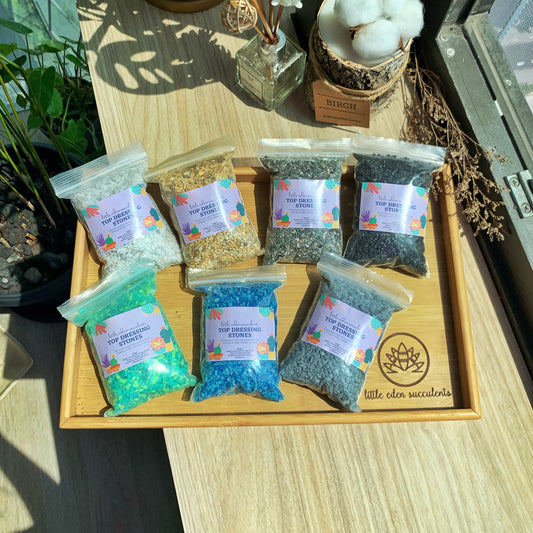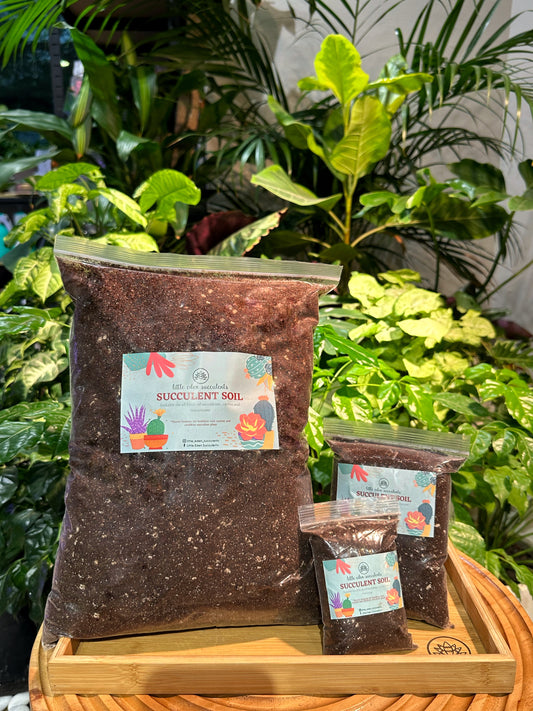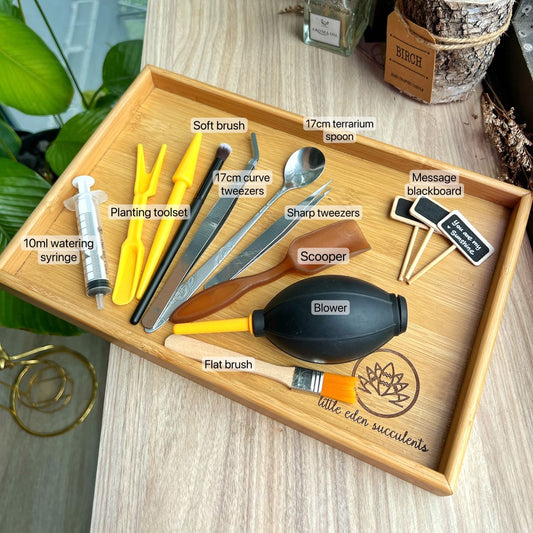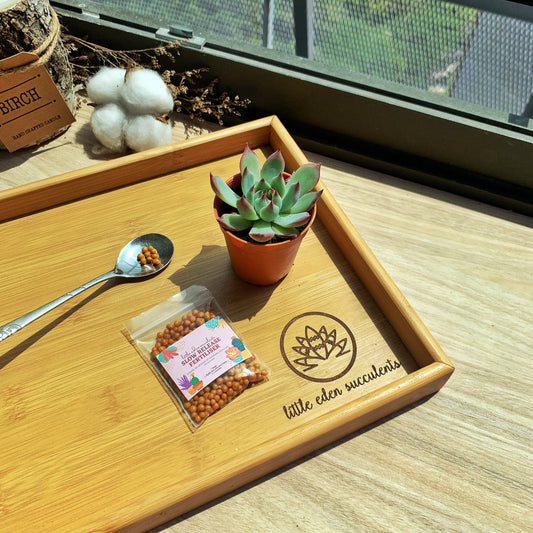Case #1
When your plants are getting really slow in growth - which could be caused by the roots being overly tangled with each other to an extent at which it affects water and nutrient absorption. This is a condition often known as root bound. Thus, repotting the plants would be the best option here!
Case #2
Soil being too compact. This can be identified in times when water takes a really long time to be absorbed by the soil, or when water drips out of the drainage hole unusually fast. Thus, it's time to change the soil!
Case #3
When your plants have outgrown the pots (looking as if they are going to fall over, or they are about to "burst" out of their original pots). Find a pot that is slightly bigger than the current one and repot your plants!
On average, it takes about 4-6 months before the next repotting.
Reasons for repotting:
How to repot?
Remove old soil surrounding the roots. Give the roots a little trim and set it aside for about 2 days for callous to form over the wounds on the roots. Now, plant your succulents into new soil and pot. Remember to not reuse your old soil! We also recommend covering the soil surface with a layer of top-dressing stones, which can slow down soil compaction. Besides, these can promote better water absorption as the stones help evenly distribute the water across the soil surface.





